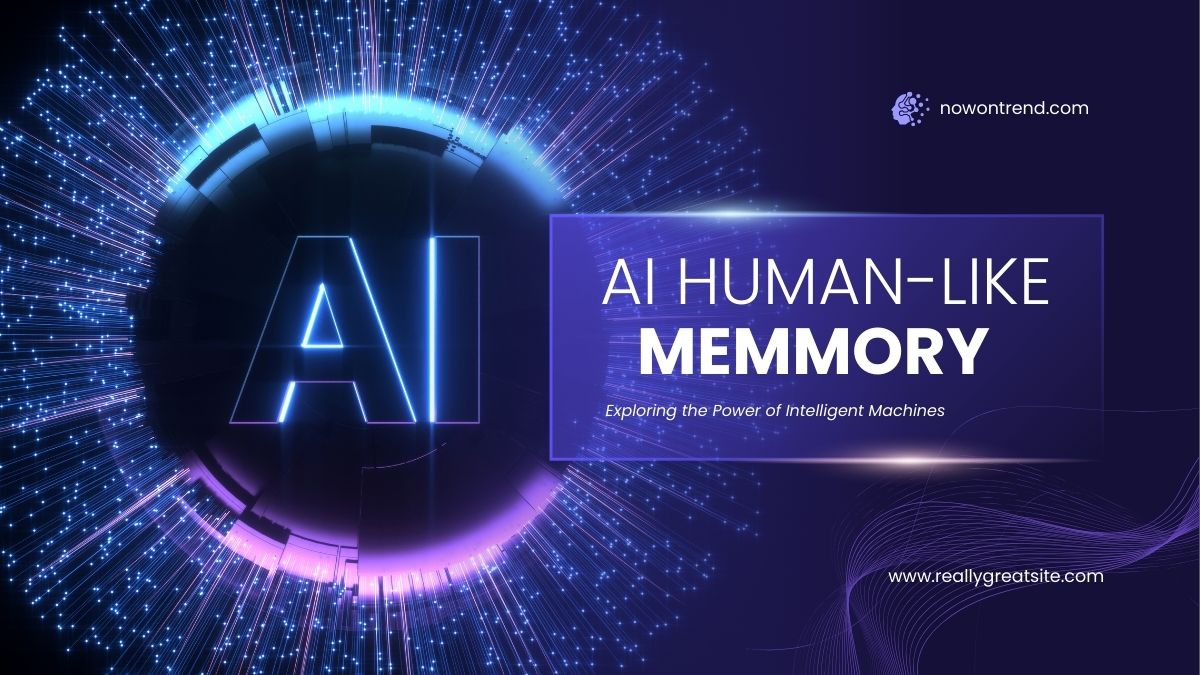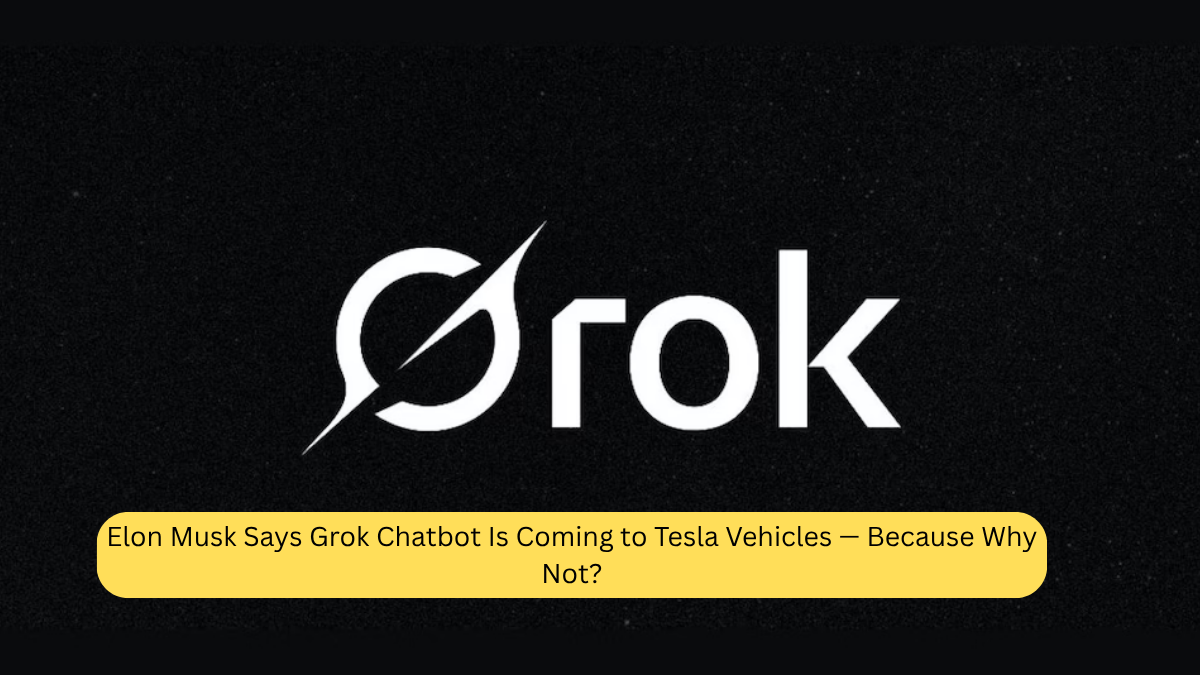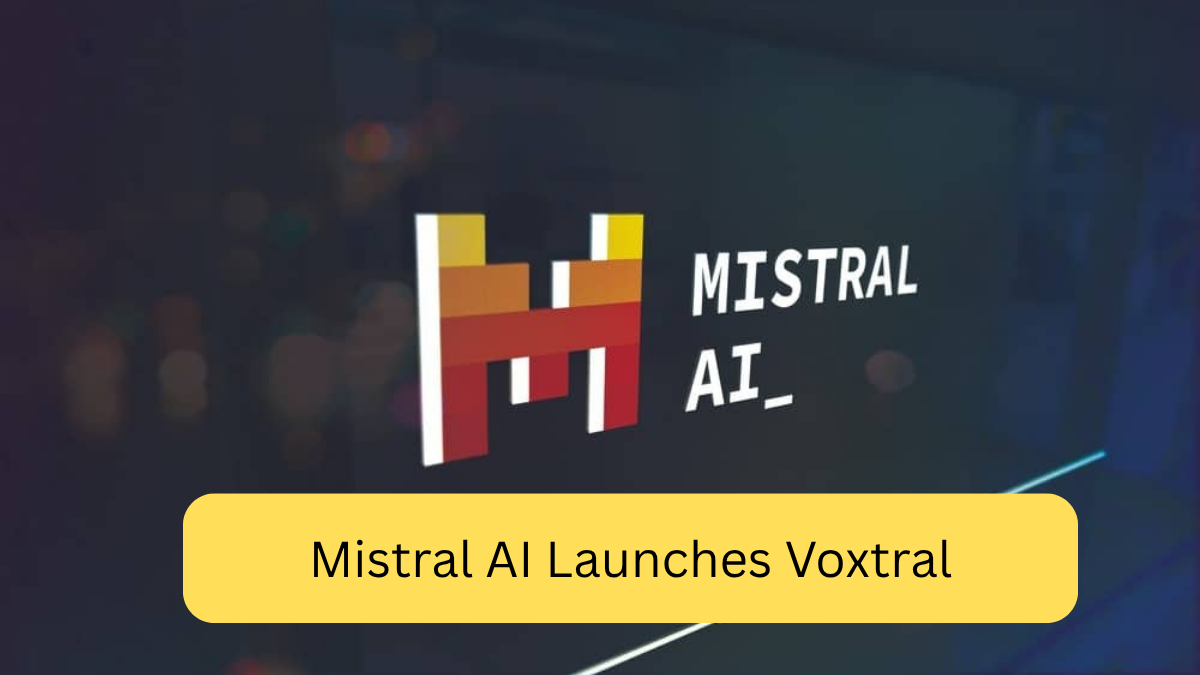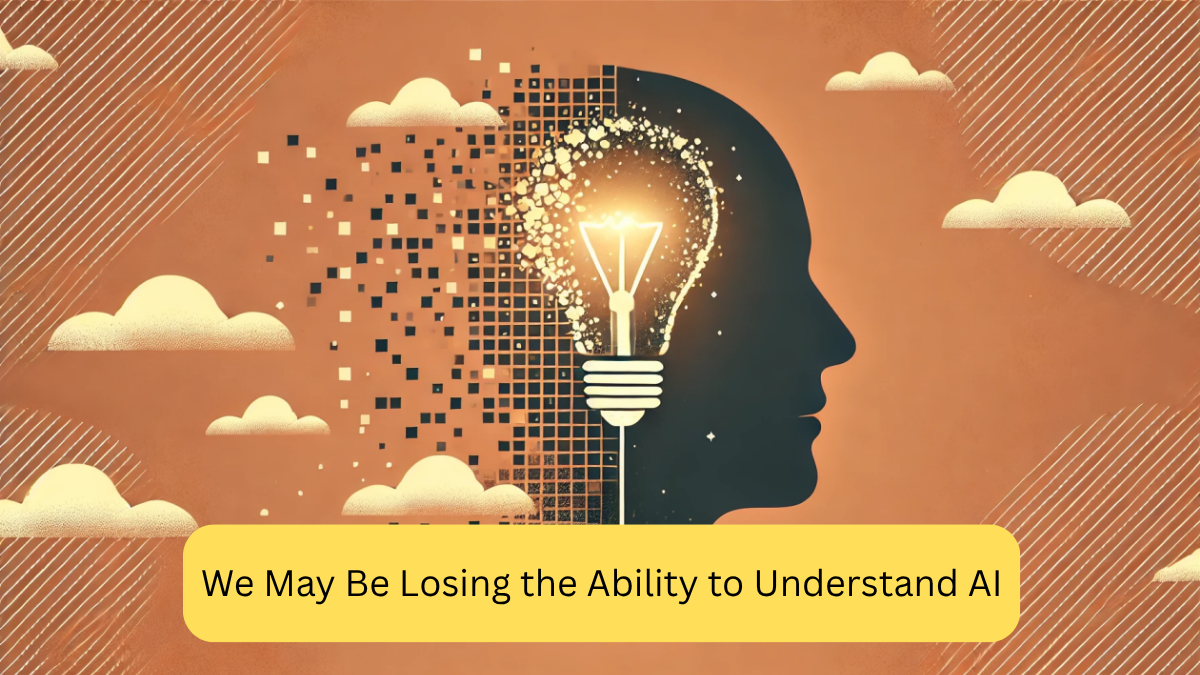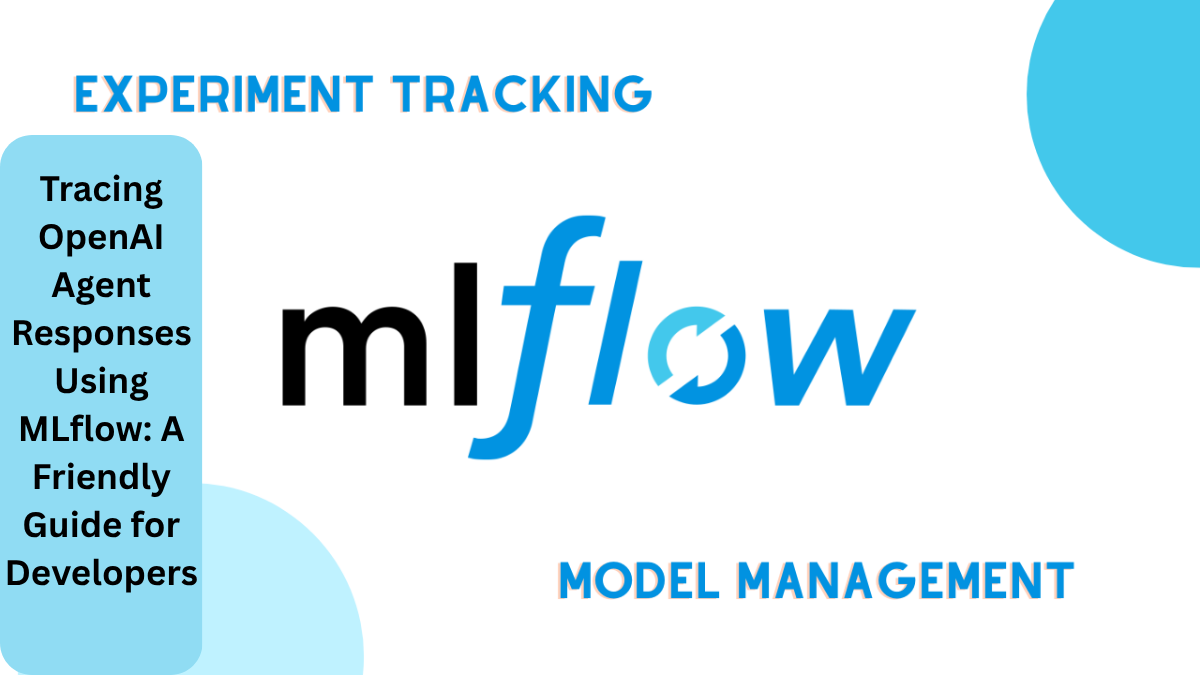How MemOS Gives AI Human-Like Memory: In a major leap for artificial intelligence, Chinese researchers have unveiled MemOS, the world’s first memory operating system designed to give AI systems human-like memory and recall capabilities. While traditional AI systems can analyze, predict, and respond to tasks with impressive accuracy, they have often lacked one critical feature—the ability to remember like humans. That’s where MemOS steps in and changes the game entirely.
So, what exactly is MemOS, how does it work, and why is it being called a game-changer in the world of AI? Let’s break it down.
What Is MemOS?
MemOS stands for “Memory Operating System.” It’s a newly developed operating system that enables AI models to retain, recall, and build upon past experiences—very much like how the human brain remembers things. Developed by a team of Chinese researchers, MemOS is designed to work alongside large language models and other AI systems, enabling them to simulate long-term memory without relying on constant re-training or external databases.
Unlike traditional AI that responds only based on the current prompt or limited context, MemOS enables an AI to “remember” conversations, decisions, and facts it learned over time—and use that memory to make smarter, more personalized choices later.
Why Is Human-Like Memory Important for AI?
To understand the significance of MemOS, imagine this: You’re chatting with a customer support bot that forgets everything you said 5 minutes ago. That’s how most current AI works—it has no lasting memory.
In contrast, humans build knowledge over time, recall past conversations, and use emotional or situational memory to make better decisions. MemOS tries to mimic that. With human-like memory, AI can:
- Personalize user interactions
- Learn and evolve over time
- Avoid repeating mistakes
- Improve performance in complex tasks
- Retain knowledge without retraining
How Does MemOS Actually Work?
At its core, MemOS separates short-term and long-term memory, just like the human brain. Here’s how:
- Short-Term Memory (STM):
Just like current LLMs (Large Language Models), the AI uses temporary memory for ongoing tasks—like answering a question or processing a command. - Long-Term Memory (LTM):
MemOS stores significant interactions, facts, and patterns into a structured memory bank. This memory persists even after the session ends, and can be accessed by the AI later. - Memory Prioritization:
MemOS doesn’t store everything. It uses intelligent filters to determine what’s worth remembering—just like humans don’t recall every second of every day. Important insights, frequently referenced data, or emotional events are flagged and stored for future use. - Contextual Recall:
When you interact with the AI again, it doesn’t start from scratch. MemOS allows it to recall previous interactions, preferences, or historical data—making the experience feel more natural, human, and intuitive.
Real-World Applications of MemOS
The arrival of MemOS could revolutionize multiple industries. Here are some ways it could be applied:
- Customer Support AI: Bots that remember your last issue, preferences, and communication style.
- Healthcare: AI systems that recall patient history, treatments, allergies, and doctor notes.
- Education: Personalized tutors that evolve with the student’s progress and learning style.
- Smart Assistants: Devices that truly know you, your habits, and routines—and improve with time.
- Mental Health AI: Chatbots that track emotional patterns and provide tailored support.
What Makes MemOS Different from Other AI Memory Approaches?
While companies like OpenAI and Anthropic have worked on “memory-like” systems within their LLMs, MemOS takes it a step further by operating as a separate memory infrastructure. It’s model-agnostic, meaning it can be paired with different AI models—large or small—and even customized for specific domains.
This flexibility makes MemOS more scalable and suitable for a wide variety of applications, from embedded edge devices to cloud-based AI assistants.
Privacy and Ethical Considerations
With memory comes responsibility. One of the biggest challenges MemOS must address is data privacy and consent. If an AI is remembering your past conversations, how is that data being stored? Is it encrypted? Can you delete it?
Researchers have hinted that MemOS is being built with privacy-first architecture, allowing users to control what is remembered, forgotten, or anonymized. However, clear standards and regulations will be crucial as this kind of memory-powered AI becomes more common.
The Future with MemOS
The launch of MemOS could mark a turning point in AI evolution. We’re moving from tools that simply “react” to tools that learn, grow, and remember, just like we do. This opens doors to more emotionally intelligent, helpful, and lifelike AI systems—and maybe, one day, AI that truly understands us.
Conclusion
MemOS isn’t just a new feature—it’s a foundational shift in how AI interacts with humans. By giving AI the power to “remember,” we’re making it more human-like, more useful, and more capable of long-term value.
Whether it’s remembering your name, your favorite coffee order, or your child’s birthday—AI with memory is no longer science fiction. With MemOS, that future is already being written.
